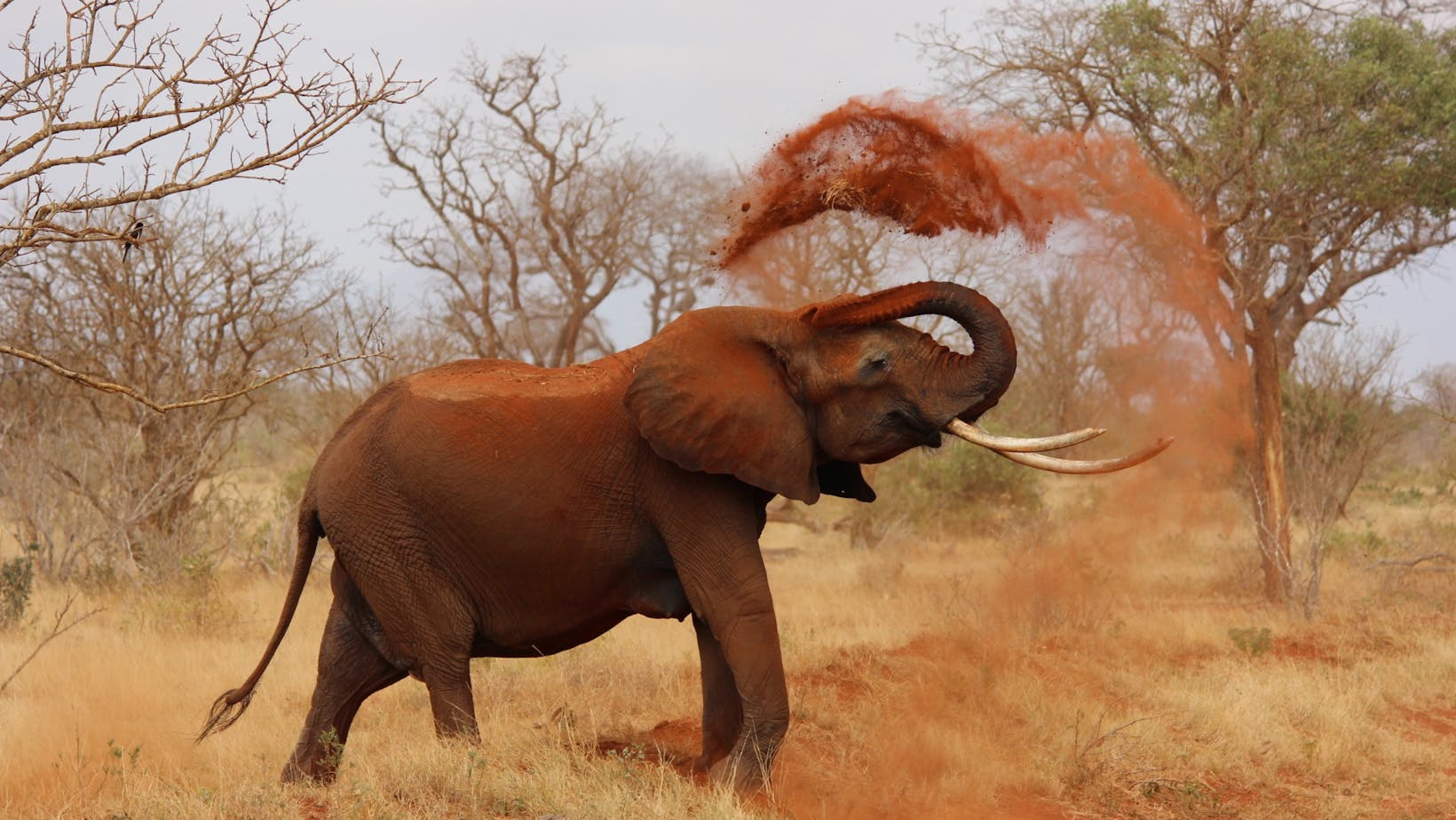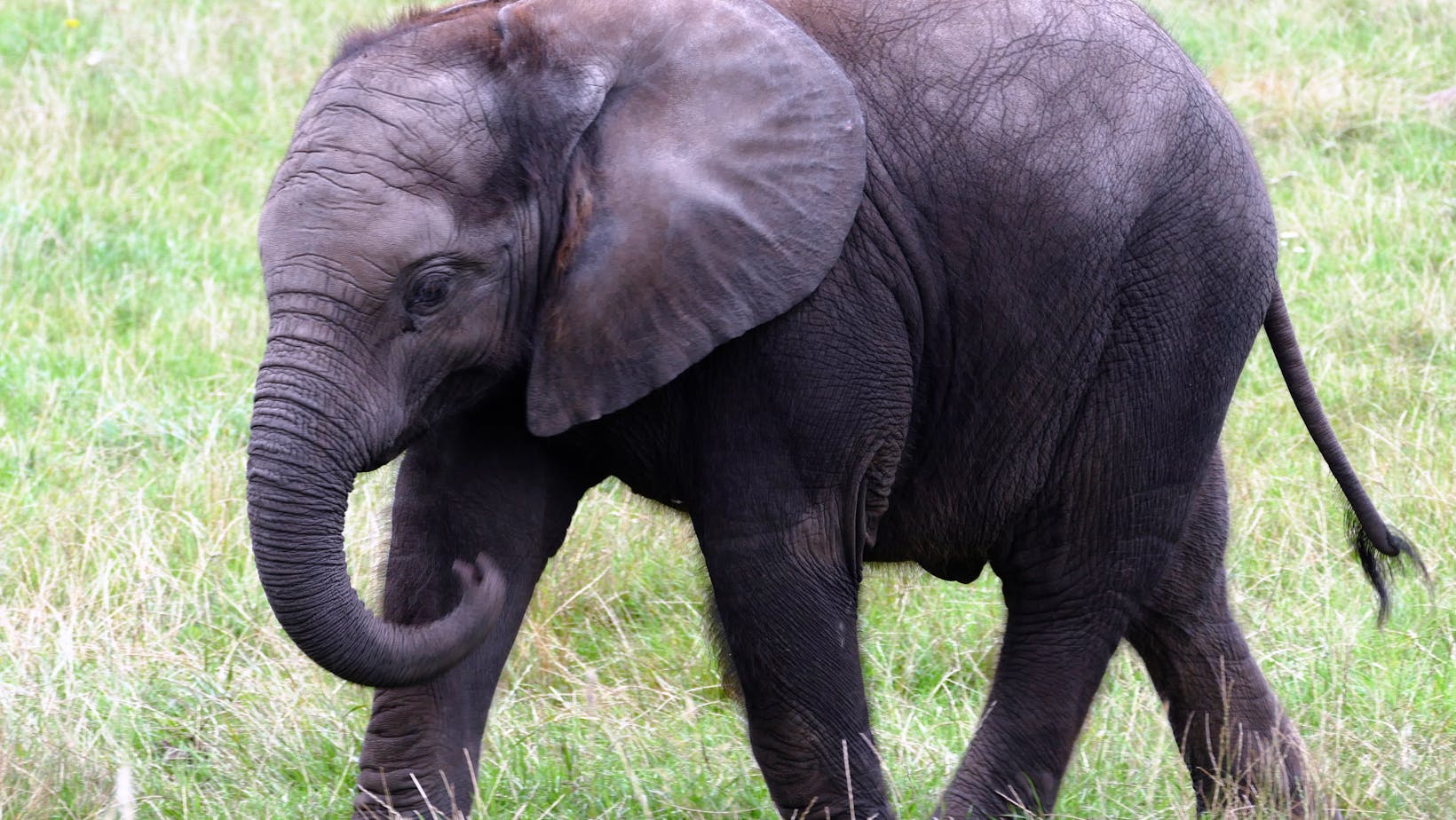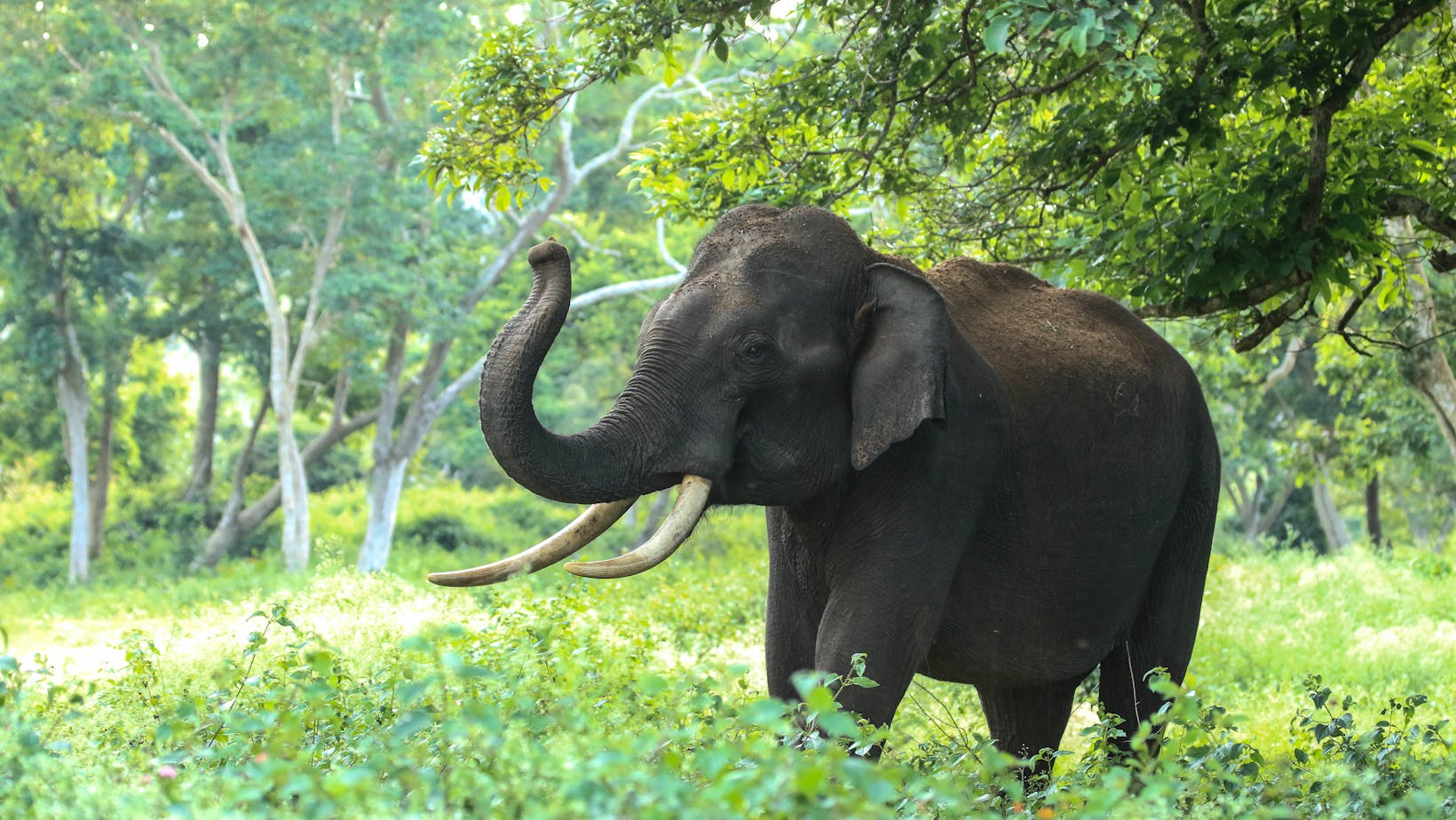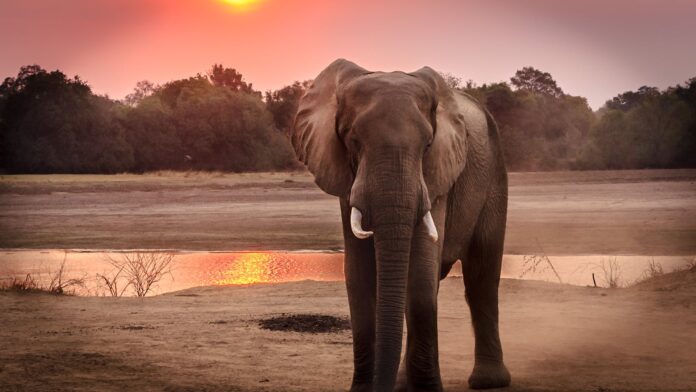Majestic, intelligent, and incredibly strong, elephants have fascinated humans for centuries. These gentle giants, known for their remarkable memory and complex social structures, seeing them running smoothly and how they navigate their environments with grace and power.
Drawing:feftsaxsc6a= Elephant
 Delving deeper into the grandeur of elephants, let’s explore how to contanct with their physical traits and social behavior shape their lives. Their beauty extends beyond mere aesthetic appeal; it’s also ingrained in how their intricate social structures and unique forms of communication contribute to their survival and well-being.
Delving deeper into the grandeur of elephants, let’s explore how to contanct with their physical traits and social behavior shape their lives. Their beauty extends beyond mere aesthetic appeal; it’s also ingrained in how their intricate social structures and unique forms of communication contribute to their survival and well-being.
Elephants exhibit remarkable physical characteristics distinct among land animals. Weighing in at 6,000 to 13,000 pounds for an African elephant, and ranging from 8.2 to 13 feet in height, these creatures exemplify significant weight and size. Their physical appearance defines robustness, characterized by a large muscular trunk, giant ears, and imposing tusks. The trunk, a fusion of the nose and upper lip, functions as a grasping limb while the tusks serve a variety of purposes from digging to defense.
Social Behavior and Communication
Elephants, similar to humans, maintain tight-knit social structures driven by complex emotional ties. Matriarch-led herds, predominantly composed of females and calves, demonstrate communal bonds and interdependence. Intelligence manifests in their capacity to retain memories, guide the herd, and protect the young. Moreover, elephants communicate using a broad range of vocalizations and body language.
Habitats of Elephants
African Elephants
 Occupying the vast landscapes of Africa, African elephants inhabit from the dry desert zones of Namibia to the fertile rainforests of central and West Africa. African elephants are further split into two subspecies: the Savannah elephants and Forest elephants. Savannah elephants, the larger of the two, primarily dwell in the grasslands, marshes, and near the lakes of Sub-Saharan Africa. On the other hand, Forest elephants, smaller and darker, have adapted to the dense tropical rainforests of Congo Basin. Their large ears not only assist in heat dissipation but also dictate their presence in predominantly warm climates.
Occupying the vast landscapes of Africa, African elephants inhabit from the dry desert zones of Namibia to the fertile rainforests of central and West Africa. African elephants are further split into two subspecies: the Savannah elephants and Forest elephants. Savannah elephants, the larger of the two, primarily dwell in the grasslands, marshes, and near the lakes of Sub-Saharan Africa. On the other hand, Forest elephants, smaller and darker, have adapted to the dense tropical rainforests of Congo Basin. Their large ears not only assist in heat dissipation but also dictate their presence in predominantly warm climates.
Asian Elephants
Contrary to their African cousins, Asian elephants live in the verdant forests of South and Southeast Asia. They have been sighted in countries including India, Nepal, Sri Lanka and parts of Southeast Asia like Thailand and Cambodia. Concealing themselves in grasslands, scrub, and deciduous forests, Asian elephants gravitate towards environments near water bodies. From the mixed ecosystems of the Western Ghats in India to the rainforests of Borneo, the range of their habitats testifies to the species’ adaptability. While they’re relatively smaller with rounded ears, Asian elephants also share the predilection for warm climes but their numbers have severely dwindled, making conservation efforts crucial in their habitats.
Conservation Efforts
Current Threats to Elephant Populations
Elephants battle various threats that lead to dwindling numbers. Habitat destruction stands as a significant concern. Rapid urbanization, agricultural expansion, and deforestation shrink elephants’ habitats. They’re often pushed into smaller, fragmented areas, which disrupts their traditional migratory routes.
Elephants face the horrors of poaching, triggered by the illegal ivory trade. Despite international bans, poaching incidents for tusks—more prevalent in African elephants—persist. Asian elephants too suffer from human-wildlife conflict; their skin and other body parts are valued in illegal markets.
Conservation Programs and Their Impact
 Various conservation programs, both globally and locally, strive to save elephants from these mounting threats. Organizations like the World Wildlife Fund (WWF) and the International Union for Conservation of Nature (IUCN) play vital roles. They work to enforce anti-poaching laws, preserve elephant habitats, and create corridors for safe migration.
Various conservation programs, both globally and locally, strive to save elephants from these mounting threats. Organizations like the World Wildlife Fund (WWF) and the International Union for Conservation of Nature (IUCN) play vital roles. They work to enforce anti-poaching laws, preserve elephant habitats, and create corridors for safe migration.
For instance, the WWF runs the African Elephant Program, aiming to ensure elephant populations continue to thrive in healthy ecosystems. Simultaneously, the IUCN’s Asian Elephant Specialist Group focusses on reducing human-elephant conflict and encouraging sustainable use of their habitats within the Asian landscape.
Protecting Giants
Elephants, both African and Asian, are truly fascinating creatures with their unique physical traits and complex social behaviors. However, they’re faced with significant threats including habitat destruction, poaching, and human-elephant conflicts. It’s encouraging to see conservation organizations like WWF and IUCN making strides in their preservation through anti-poaching initiatives, habitat conservation, and creation of safe migration corridors.


